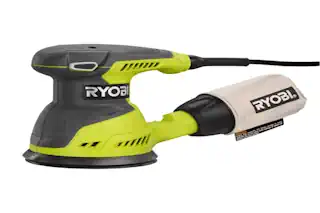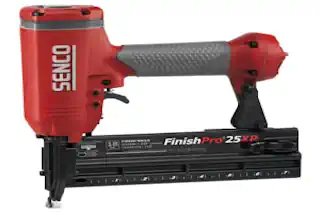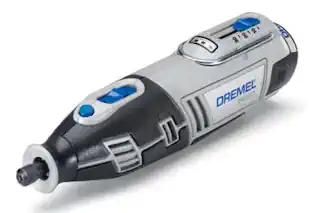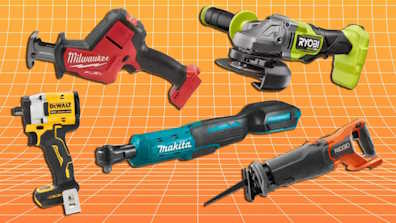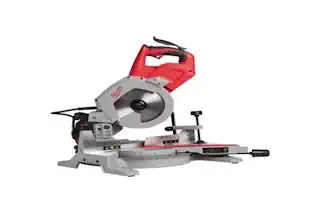Mastering the Jig Saw: Your Ultimate Cutting Companion
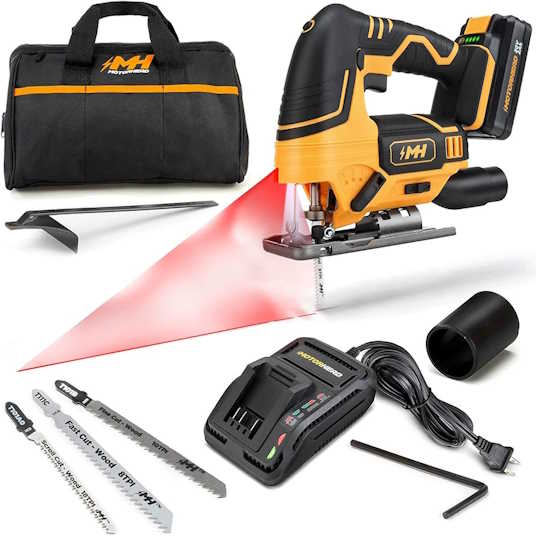
For the avid DIYer or burgeoning wood crafting artist, the jigsaw stands as a loyal ally in the sawing world, deftly delivering precision and adaptability in every inch of its toothed blade. From crafting custom furnishings to home renovations, the jigsaw offers a flexible reach into the realms of straight cuts, curves, and intricate designs. Here is your guide to harnessing its power safely and effectively.
Unveiling the Mighty Jigsaw
The basics of a Jigsaw
At its heart, the jig saw is a motor-powered saw with a reciprocating blade that moves up and down. Renowned for its cutting versatility, you’ll find it a dynamic tool capable of cutting through wood, metal, and plastic with ease. Comprising a handle, on/off switch, blade clamp, and soleplate, its assembly is straightforward, and its operation can be mastered with practice.
Diving into Diversity
Jigsaws are like unicorns in the realm of saws—rarely do you find such a blend of precision and adaptability. They’re designed to tackle a plethora of cuts, ranging from simple straight lines to complex, freehand curves. Unlike their more rigid counterparts, jigsaws are handheld and allow for a greater range of movement, making them the go-to for artistic carpentry and for anyone navigating tight spaces not meant for bulkier saws.
Blade Runner: The Right Blade for Every Slice
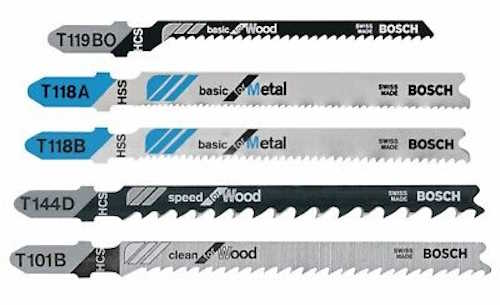
Cutting Through the Clutter
Before you power up your jigsaw, you need to make an essential choice – the blade. Choosing the right one can mean the difference between a successful project and a splintered mess. There are various types of blades suited for a range of materials:
TPI (teeth per inch) determines the blade’s speed and roughness of cut. Higher TPI blades offer finer cuts, whereas lower TPI blades are used for quick and rough cuts in thick materials.
Carbide-tipped blades are excellent for abrasive materials such as ceramic or stone.
High-speed steel (HSS) blades are perfect for metal cutting, while bi-metal blades offer a combination of durability and flexibility ideal for cutting wood and metal composites.
Specialty blades, such as those with a reverse tooth design or those for scroll cutting, have their unique purposes.
Blade Swapping Ritual
Changing blades on a jigsaw is not only a matter of unscrewing one and fitting another—it’s about doing so with care and attention. Here’s a quick guide to ensure a smooth swap:
Unplug your power tools or remove the battery for cordless models.
Press the blade release or unlock button, usually located near the blade clamp.
With a gloved hand, remove the old blade.
Align the new blade with the blade clamp, ensuring the correct orientation.
Secure the blade by locking the blade clamp.
Gently tug the blade to confirm it’s locked in place.
Crafting the Cut: Operation 101
The Straight and Narrow
When it comes to straight cuts, mastering the jig saw is all about control. Start by marking your cutting lines, which serve as visual guides. Hold the saw firmly, pressing the soleplate against the material with steady pressure. Ensure that there’s a clear path ahead, and once you’re set, power through the cut at an even pace, letting the blade do the work.

Chasing the Curves
For curves, a different technique is in order. Begin with a pilot hole for your blade to enter, then cut along the curve at a pace that matches the jig saw’s ability to maneuver. Remember to rotate the material, not the saw, to maintain control and a smooth curve. This can be one of the trickiest operations, so practice and patience are paramount.
Beveling Like a Pro
Adjusting the power tools soleplate for bevel cuts can be a game-changer. Start by loosening the bevel lock lever, usually located near the blade guide. Then, tilt the base to your desired angle and retighten the lever. Ensure that your marked bevel line aligns with the edge of the soleplate. Perform the cut as you would a straight cut, maintaining the correct angle to the material.
A Creative Cut Above
The Plunge into Precision
A plunge cut lets you start a cut in the middle of the material, allowing for more creative shapes and an internal opening. Always secure your material and, with the jigsaw running, gently plunge the blade into the material at the spot you marked. Proceed with the cut as you would a traditional straight or curve.
Sticking to the Script
When cutting designs that require precision, using a template for reference can be a lifesaver. Affix the template to your material and drill a starting hole on the inside of the template. Then, insert your jigsaw blade into the hole and carefully follow the template’s outline.
Cutting Corners (and Angles)
Sometimes a project demands cuts at angles and corners without compromise. Be sure to use a guide or square to keep your cuts true. Place the jigsaw on the material with the guide in place, and then align the blade with your mark. Slowly make the cut, always maintaining the position of the guide to ensure a perfect angle.
Nurturing Your Jigsaw: Maintenance Magic
Keeping It Sharp
Just like any blade, a jigsaw’s blade will dull with use. Always have a sharp blade on hand, and if you notice the saw cutting less efficiently or making burn marks, it’s time for a change. Regular blade cleaning using a wire brush can also help extend their life.
All Saws to the Shop
Routine cleaning of the saw’s body, soleplate, and blade housing will help prevent dust buildup, ensuring the jigsaw operates smoothly and the blade’s path is clear. Every so often, take your saw to the shop for a tune-up or a professional cleaning, particularly if you use it frequently. If you are not sure how frequently this should be done check the reference manual.
Storage Solutions
When not in use, store your jigsaw in a cool, dry place. Consider hanging it on the wall or from the rafters to keep it off the ground and safely out of the way. Always store your jigsaw and its blades separately to avoid damage or dulling.
The Adventure of Cutting Safely
Safety Equipment is Non-Negotiable
Wield your jigsaw like a seasoned craftsman—meaning with respect and with the appropriate safety gear. This includes safety glasses or a face shield, ear protection, a dust mask, and gloves. Your safety is never accidental, and a jigsaw deserves just as much respect as any other power tool.
The Right Setting: Access Your Environment
Before you cut, make sure your workspace is clear of tripping hazards and that bystanders are a safe distance away. If using the jigsaw outdoors, be mindful of weather conditions that could affect your operating environment or your awareness of the surroundings.
Posture and Power
Use both hands to control the jigsaw, with one on the handle and the other stabilizing the material. Stand in a relaxed yet balanced position, with your feet shoulder-width apart. Allow the machine to do the work and guide the cut without forcing it, which can lead to loss of control.
Conclusion: Access A Finely Cut Future
In the behemoth jungle of woodworking tools, the jigsaw stands out as a multifaceted gem. With a plethora of safety practices, the right blade choices, and the finesse of cutting techniques under your belt, the jigsaw can open up a world of possibilities for your DIY and crafting adventures. The key is to respect the tool, understand its capabilities, and always practice with caution.
Remember, every master craftsman started somewhere, typically with a fresh jigsaw reference manual and a whole lot of curiosity. Turns out, the relationship between a skilled hand and a well-handled jigsaw cuts deeper than the grooves it leaves behind—it ingrains a sense of pride in the work made by one’s own hand. With each slice, you’re carving your path through the artisan’s narrative, and there’s no turning back. The jigsaw becomes part of your creative identity, an extension of your purpose as a maker in a world that never stops demanding ingenuity.
Your jigsaw is more than one of your power tools; it’s a promise of potential. In your hands, it takes a life of its own—so mold, cut, and shape. The canvas is yours, and the jigsaw, your brush. Make worthy cuts, my fellow artisans, and witness what you can bring to life.
Frequently Asked Questions (FAQ)
Q: How often should I change the blade of my jigsaw?
A: The frequency at which you should change your jigsaw’s blade depends on how often you use it and what materials you’re cutting. A good rule of thumb is to change the blade when you notice it’s cutting less efficiently or leaving burn marks on your material.
Q: Can I use my jig saw to cut metal or tile?
A: Yes, your jigsaw can cut through metal or tile with the correct blade. Make sure to choose a blade designed specifically for your power tools and the material you’re planning to cut.
Q: Is it necessary to use safety gear even for small projects?
A: Absolutely. Regardless of the project’s size, wearing the appropriate safety gear is essential to protect yourself from potential hazards. Safety glasses, ear protection, a dust mask, and gloves are recommended.
Q: How can I ensure my cuts are straight?
A: For straight cuts, using a guide or a square as a point of reference can help keep your jigsaw on track. Additionally, choosing the correct blade for your material type and thickness can improve the accuracy of your cuts.
Q: What maintenance does my jigsaw require?
A: Routine maintenance for your jigsaw includes cleaning the saw’s body, soleplate, and blade housing to prevent dust buildup. Additionally, keeping blades sharp and storing the tool in a cool, dry place when not in use will help prolong its life.
Q: How can I minimize dust and debris while cutting?
A: Using a dust extraction system or attaching a vacuum to your power tools can significantly reduce dust and debris. Additionally, cutting at a steady pace can help manage the amount of dust produced.
Q: Can I perform bevel cuts with any jigsaw?
A: Most jigsaws allow for bevel cuts, but it’s important to check your specific model’s capabilities. Check the manufacturer’s reference manual for instructions specific to your jig saw. Adjusting the base plate to the desired angle enables bevel cuts, but ensure your jigsaw has this feature before attempting.
